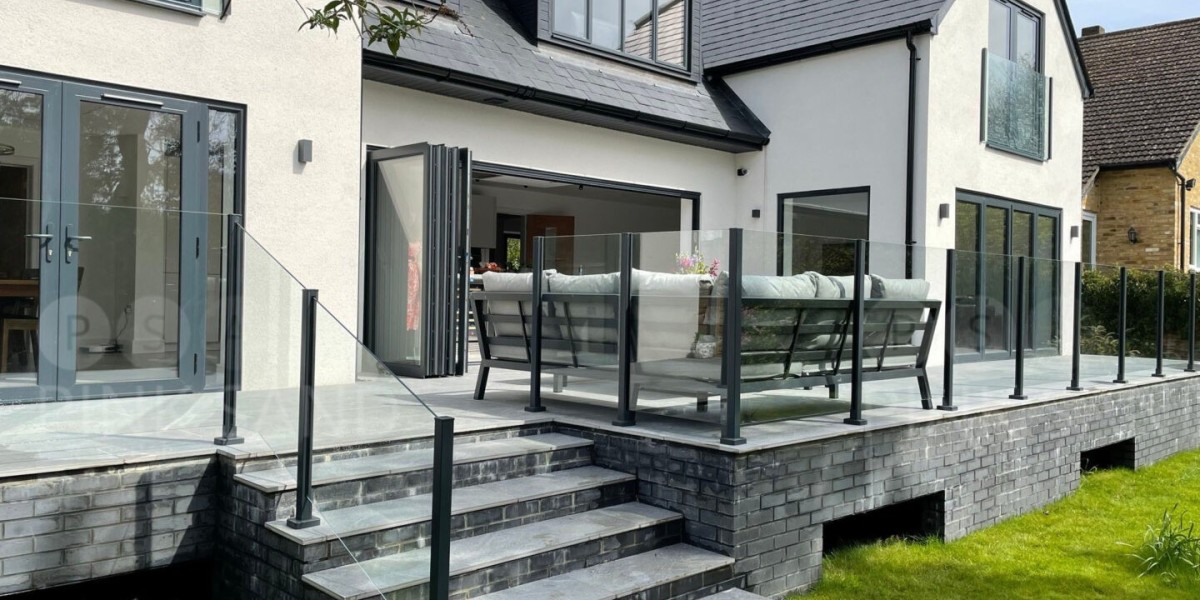Introduction
Double glazing is a window construction technique that involves two panes of glass separated by a space filled with air or gas, which serves as an insulator. This report explores the process of double glazing installation, its benefits, challenges, and best practices, aiming to provide a thorough understanding for homeowners, builders, and contractors.
Benefits of Double Glazing
- Energy Efficiency: Double glazing significantly reduces heat loss, which can lead to lower energy bills. It keeps homes warmer in winter and cooler in summer, contributing to a more comfortable living environment.
- Noise Reduction: The air or gas layer between the glass panes acts as a sound barrier, making double-glazed windows ideal for homes in noisy areas.
- Condensation Reduction: Double glazing minimizes condensation on windows, which can lead to mold growth and damage to window frames and sills.
- Increased Security: Double-glazed windows are more difficult to break than single-pane windows, offering enhanced security against intruders.
- Environmental Impact: By improving energy efficiency, double glazing also reduces carbon footprints, making it an environmentally friendly choice for homeowners.
Types of Double Glazing
- Standard Double Glazing: This consists of two panes of glass with a spacer bar in between, typically filled with argon gas for better insulation.
- Low-E Glass: Low emissivity (Low-E) glass has a special coating that reflects heat back into the room while allowing light to pass through, enhancing energy efficiency.
- Acoustic Double Glazing: Designed specifically for noise reduction, this type of glazing uses thicker glass or different thicknesses of glass to minimize sound transmission.
- Triple Glazing: While not strictly double glazing, triple glazing involves three panes of glass and offers even greater insulation and energy efficiency.
Installation Process
1. Assessment and Measurement
Before installation, a thorough assessment of the existing windows is essential. This involves measuring the window frames to ensure the new double-glazed units fit properly. It is also crucial to check for any structural issues that may need addressing before installation.

2. Removal of Existing Windows
The next step is to carefully remove the existing windows. This process must be done with caution to avoid damaging the surrounding structures. Proper tools and techniques should be employed to ensure a clean removal.
3. Preparation of the Opening
Once the old windows are removed, the opening needs to be prepared. This includes cleaning the area, repairing any damage, and ensuring that the frame is level and square. Any insulation or weatherproofing materials should also be checked and replaced if necessary.
4. Installation of Double-Glazed Units
The double-glazed units are then installed into the prepared openings. It is crucial to follow the manufacturer’s guidelines during this process to ensure proper fit and function. The units should be positioned securely and leveled before any sealing is applied.
5. Sealing and Finishing
After the double-glazed units are installed, they must be sealed to prevent air and water infiltration. This typically involves applying a silicone sealant around the edges. Finally, any necessary finishing touches, such as interior and exterior trim, should be completed to ensure a polished look.
Challenges in Double Glazing Installation
- Cost: Double glazing can be more expensive than single glazing, which may deter some homeowners. However, the long-term savings on energy bills often justify the initial investment.
- Installation Complexity: Proper installation requires skilled labor to avoid issues such as air leaks, which can compromise the energy efficiency of the windows.
- Regulatory Compliance: In some regions, building regulations may dictate specific requirements for window installations, including energy ratings and safety standards. Compliance can add complexity to the installation process.
- Weather Conditions: Adverse weather conditions can delay installation and affect the quality of the work. It is essential to plan installations during favorable weather to ensure optimal results.
Best Practices for Double Glazing Installation
- Hire Qualified Professionals: Engaging experienced and qualified installers is crucial for ensuring the job is done correctly and efficiently.
- Choose Quality Materials: Investing in high-quality double-glazed units and installation materials will enhance the durability and performance of the windows.
- Conduct Regular Maintenance: After installation, regular maintenance checks should be performed to ensure seals remain intact and that there are no signs of condensation or damage.
- Consider Local Climate: When selecting double glazing options, consider the local climate and specific needs of the property to maximize energy efficiency and comfort.
Conclusion
Double glazing installation is a significant investment that can greatly enhance the comfort, energy efficiency, and security of a home. By understanding the benefits, challenges, and best practices associated with this process, homeowners and contractors can make informed decisions that lead to successful installations. As energy costs continue to rise and environmental concerns grow, the demand for double glazing is expected to increase, making it a vital consideration in modern construction and renovation projects.
References
- Energy Saving Trust. (2023). Double Glazing.
- Glass and Glazing Federation. (2023). Benefits of Double Glazing.
- Home Improvement Research Institute. (2023). Trends in Window Installation (https://gohertford.co.uk/events/e/hertford-food-and-drink-festival-15/).
- National Fenestration Rating Council. (2023). Understanding Window Ratings.








